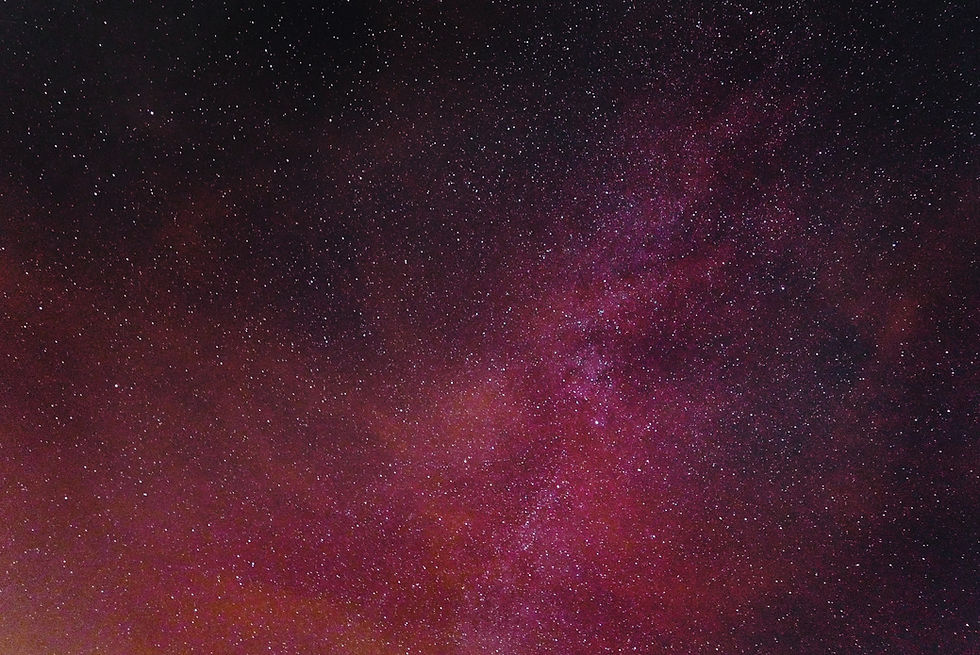

Spectroscopy for Amateurs

Tom Field
Tom will be giving this talk via Zoom
from the USA.
Spectroscopy is the field of study that measures and interprets the electromagnetic spectrum allowing the composition, physical, and electronic structure of matter to be investigated at the atomic, molecular and macro scale, and over astronomical distances.
Tom says: "We're in the dawn of a new age for astronomical spectroscopy and the tools are available, inexpensive and easy to use. The easiest thing is to study stars, and you can easily detect the methane gas in the atmospheres of Uranus or Neptune."
With just a small telescope you can:
-
determine any star's OBAFGKM star-type and temperature from its spectra curve
-
identify the composition of a star or nebula from its emission and absorption lines
-
detect the cosmological red-shift of a distant quasar!
-
measure the blue-shift of a supernova's expanding shell as it races towards us at millions of miles per hour